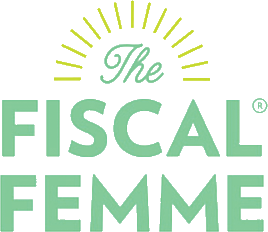Opening a bank account.
Here’s what you typically need to open a bank account.
Two forms of ID (if you are not a US citizen you may be able to use ID from where you are a citizen)
Proof of address (like a bill or your lease / mortgage)
Opening deposit (the amount of money you will put into the new account. You can usually do this with electronic transfer, you don’t need cash). Some accounts have minimum requirements.
These are pretty common requirements but once you choose your bank, you can look to see the exact requirements of that particular bank. They might only accept certain forms of identification or certain proof of address.
Here are some common account types you will encounter. Banks come up with different names and offers but most accounts are essentially one of these three.
Checking account. An account for your everyday banking needs. You can deposit checks, write checks, take cash out at the ATM and make debit charges. They often come with a debit card you can use like a credit card but the money comes directly from your account (rather than something you owe).
Savings account. An account for saving. Usually comes with a higher interest rate (even if it’s just slightly). You are currently only allowed six withdrawals per month.
CD (certificate of deposit). A type of savings account where you earn a certain amount of interest for leaving your money with a bank for a certain period of time. For example, if you choose a 6 month CD, you will not have access to that money for 6 months. You technically can take your money but you lose the interest. When interest rates are really low, these often don’t provide much added interest.
Money market account. Almost like a checking and savings account hybrid, which often has a higher interest rate. There are typically more restrictions and fees so it’s important to understand the specific account.
Want more detail? Here’s a great step-by-step guide to opening a new account.
